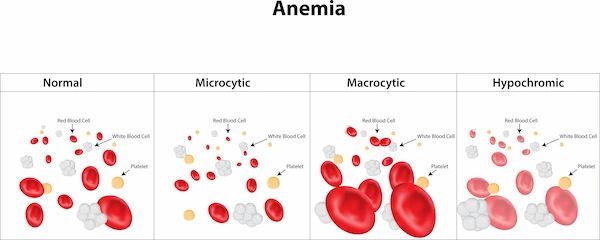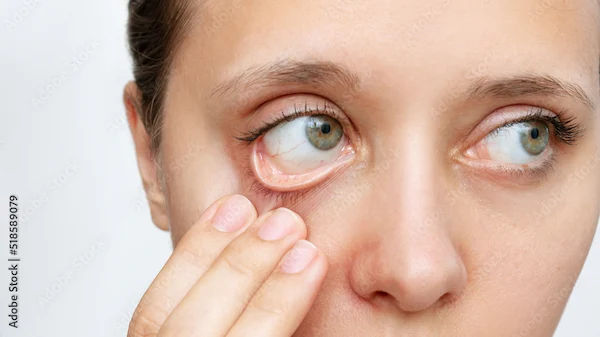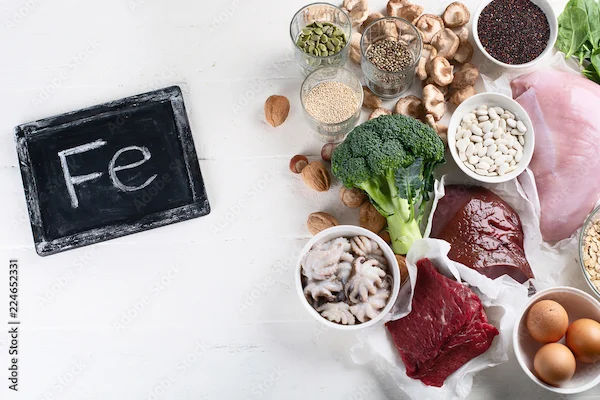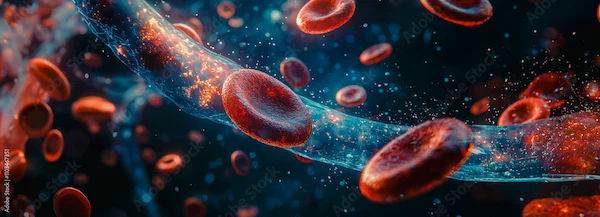Diagnosis of Anaemia Explained
Understand how anaemia is diagnosed through symptoms, blood tests, and medical history. Learn what to expect during evaluation and how doctors identify the underlying cause.

Written by Dr. Mohammed Kamran
Reviewed by Dr. Dhankecha Mayank Dineshbhai MBBS
Last updated on 28th Jul, 2025
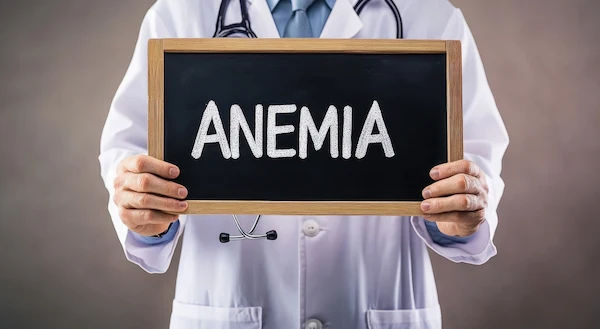
Diagnosis of Anaemia Explained
Anaemia is a common health condition where your body doesn’t have enough healthy red blood cells or haemoglobin to carry oxygen to your tissues. This can leave you feeling tired, weak, or short of breath. If you suspect you might have anaemia, getting the right diagnosis is the first step toward managing it effectively.
In this article, we’ll explain how anaemia is diagnosed, what tests are involved, and what you can expect during the process.
What is Anaemia?
Anaemia occurs when your blood lacks sufficient red blood cells (RBCs) or haemoglobin (the protein that carries oxygen). This can happen due to:
- Iron deficiency (most common cause)
- Vitamin B12 or folate deficiency
- Chronic diseases (like kidney disease or infections)
- Genetic conditions (such as sickle cell anaemia or thalassemia)
- Blood loss (due to heavy periods, ulcers, or surgery)
Without enough oxygen, your body struggles to function properly, leading to fatigue, dizziness, pale skin, and other symptoms.
Consult Top Specialists
How is Anaemia Diagnosed?
If you’re experiencing symptoms like constant tiredness, weakness, pale skin, or shortness of breath, your doctor may recommend tests to check for anaemia. Here’s how the diagnosis works:
1. Medical History & Physical Exam
Your doctor will ask about:
- Your symptoms (fatigue, dizziness, etc.)
- Your diet (to check for nutritional deficiencies)
- Any chronic illnesses or family history of anaemia
- Blood loss (heavy periods, recent surgery, or digestive issues)
They may also examine you for signs like pale skin, rapid heartbeat, or brittle nails.
2. Blood Tests
The most common way to diagnose anaemia is through blood tests, including:
a. Complete Blood Count (CBC)
This test measures:
- - Haemoglobin (Hb) levels: Low levels indicate anaemia.
- - Red blood cell (RBC) count: Fewer RBCs mean anaemia.
- - Hematocrit (Hct): The percentage of RBCs in your blood.
- - Mean Corpuscular Volume (MCV): Tells if your RBCs are smaller or larger than normal, helping identify the type of anaemia.
b. Additional Tests (Based on CBC Results)
Depending on your CBC, your doctor may order:
- - Iron studies (ferritin, serum iron, TIBC): Checks for iron deficiency.
- - Vitamin B12 & folate levels: Detects deficiencies.
- - Reticulocyte count: Measures young RBCs to see if your bone marrow is producing enough.
- - Peripheral blood smear: Examines RBC shape under a microscope (helps detect sickle cell or thalassemia).
3. Other Tests (If Needed)
If the cause isn’t clear, your doctor might suggest:
- - Stool test: Checks for hidden blood loss (from ulcers or colon issues).
- - Bone marrow biopsy: Rarely needed, but helps diagnose severe or unusual anaemia cases.
Get The Tests Here
What Do the Test Results Mean?
Your test results will help determine the type and cause of anaemia:
Your doctor will explain your results and recommend treatment based on the cause.
What Happens After Diagnosis?
Once anaemia is confirmed, your doctor will suggest a treatment plan, which may include:
- Iron supplements (for iron deficiency)
- Vitamin B12 injections or pills (for deficiencies)
- Diet changes (more iron-rich foods like spinach, meat, lentils)
- Treating underlying conditions (like managing kidney disease or stopping blood loss)
Tips to Manage Anaemia
While treatment depends on the cause, these general tips can help:
1. Eat Iron-Rich Foods
- Heme iron (better absorbed): Red meat, poultry, fish.
- Non-heme iron: Beans, lentils, spinach, fortified cereals (pair with vitamin C for better absorption).
2. Boost Vitamin B12 & Folate
- B12: Eggs, dairy, fish, fortified cereals.
- Folate: Leafy greens, citrus fruits, beans.
3. Avoid Iron Blockers
- Tea, coffee, and calcium-rich foods can reduce iron absorption—space them out from iron-rich meals.
4. Stay Hydrated & Exercise Moderately
- Light exercise (like walking) can improve energy, but don’t overexert yourself.
5. Follow Up with Your Doctor
- Regular blood tests ensure your treatment is working.
When to See a Doctor?
If you experience:
- Extreme fatigue
- Shortness of breath
- Dizziness or chest pain
- Pale or yellowish skin
Don’t ignore these signs—anaemia can worsen if untreated.
Need Help? Book a Test or Consultation
If you suspect anaemia, Apollo 24|7 makes it easy to get tested or consult a doctor from home. You can:
Book a CBC test online.
Consult a haematologist for expert advice.
Early diagnosis and treatment can help you regain energy and improve your quality of life.
Conclusion
Anaemia is common but manageable. If you feel constantly tired or weak, don’t hesitate to get checked. With the right diagnosis and treatment, you can feel better and stay healthy.
Consult Top Specialists
Consult Top Specialists

Dr. Praveen Kumar Mukka
General Physician/ Internal Medicine Specialist
21 Years • MBBS, MD General Medicine
Hyderabad
Apollo 24|7 Clinic - Telangana, Hyderabad

Dr. Hrishikesh Shivakumar
General Physician/ Internal Medicine Specialist
9 Years • MBBS, MD
Bangalore
Apollo 24|7 Clinic - Karnataka, Bangalore

Dr. Immanuel Raj
General Practitioner
8 Years • MBBS. MBA (HHSM)
Visakhapatnam
Apollo 24|7 Clinic - Andhra Pradesh, Visakhapatnam

Dr. Md Yusuf Shareef
General Practitioner
8 Years • MBBS
Hyderabad
Apollo 24|7 Clinic, Hyderabad

Dr. D Bhanu Prakash
General Practitioner
10 Years • MBBS, AFIH, Advanced certificate in critical care medicine, Fellowship in critical care medicine
Hyderabad
Apollo 24|7 Clinic, Hyderabad



